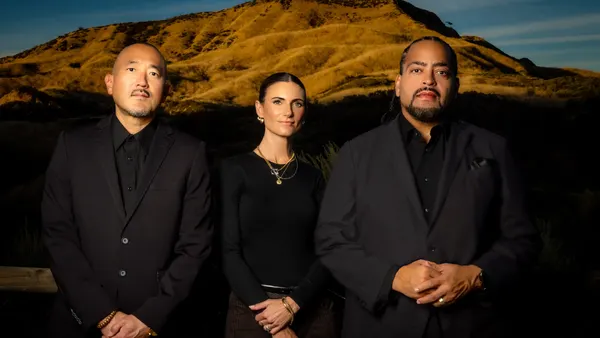Let’s play a quick game of 2 Truths and a Lie:
-
Prospects don’t want to talk to sellers until they absolutely have to. They want to educate themselves on their own time.
-
Most leads passed to sales aren’t hand-raisers or ready to be contacted.
- Sellers wake up each morning saying, “I can’t wait to spend my day prospecting.”
I think we can all spot the lie.
Sellers want to spend their time selling, not prospecting. That’s what fuels the oldest game of “not it” in revenue teams. Marketing feels sales doesn’t follow up quickly or nurture prospects. Sales says marketing sends junk leads. The result? Missed opportunities, longer sales cycles, and frustrated teams.
The Unpopular Recommendation
What if marketing said: Fine. We’ll give you what you want. Not more leads. Not more budget. But warmer leads.
Instead of tossing early-stage prospects over the wall and hoping sales follows up, marketing could hold onto those leads longer — nurturing them until they’re genuinely sales-ready.
This flips the traditional handoff on its head:
- Marketing owns more of the early-to-mid journey
- Sales gets fewer but higher-intent leads
- Buyers get the time and content they need before the sales conversation
It’s not about doing sales’ job. It’s about ensuring that when sales does engage, that prospects are halfway to a signature.
How to Make It Happen.
If marketing holds leads longer, the mission is simple to say but strategic to execute: move them from curious to committed before sales steps in.
That means running the outreach you wish sales would do at scale, with precision, and without losing personalization.
1. Make it multi-channel — always.
Email alone isn’t enough. Layer in:
- Full-funnel retargeting to stay visible from awareness to decision
- Strategic gifting tied to stage or recent activity
- Social touchpoints including connection requests, post comments, or shares
- Content sequencing that drives to high-intent pages (pricing, tours, case studies)
2. Keep “always-on” marketing in parallel.
Newsletters, nurture tracks, and thought leadership keep the steady drumbeat going. The 1:1-style outbound messages should feel like separate targeted, timely, and contextual campaigns.
3. Expand to the whole buying group.
Don’t just warm one contact. Engage influencers, blockers, and decision-makers using ABM tools, contact databases, and LinkedIn. Tailor content by role. For example, technical buyers get deep dives, executives get ROI stories, end users get day-in-the-life use cases.
4. Trigger marketing + sales plays off behavior, not a calendar.
Automate responses to key actions like page visits, ad engagement, or webinar attendance. The faster the follow-up, the better chance of conversion.
5. Make the handoff frictionless.
When leads are passed to sales, provide:
- Full engagement history
- All content consumed
- Which pain points resonated most
This way, the sales call feels like a continuation and not a cold start.
Done right, marketing becomes a deal accelerator, not just a lead generator.
Why This Works for Everyone
For Sales:
- No more chasing contacts who barely remember filling out a form
- Leads arrive brand-aware, value-aware, and signaling intent
- Calls turn into deal conversations, not drawn-out discovery
For Marketing:
- Credit for pipeline that converts, not just top-of-funnel volume
- Control over the quality in sales’ queue
- Direct influence over win rates by shaping the journey longer
For the Buyer:
-
Freedom to self-educate without premature sales pressure
- Every touchpoint feels relevant and personalized
- By the time they meet sales, they’re confident and ready to decide
The kicker? This approach doesn’t require a bigger budget. Just smarter use of existing resources.
It’s not about doing more. It’s about doing better.
The Wrap-Up
So what if marketing really did say, “Fine. We’ll give you what you want.”
Not fluff MQLs. But sales-ready conversations built by holding leads longer, warming them smarter, and passing them over only when the timing (and intent) is right.
It’s a shift that turns the game of “not it” into a win for everyone:
- Sales spends more time closing
- Marketing gets the credit it deserves
- Buyers get the buying experience they want
When that gap between “not ready” and “ready to buy” disappears, revenue stops leaking out and everyone can finally focus on what they do best.










